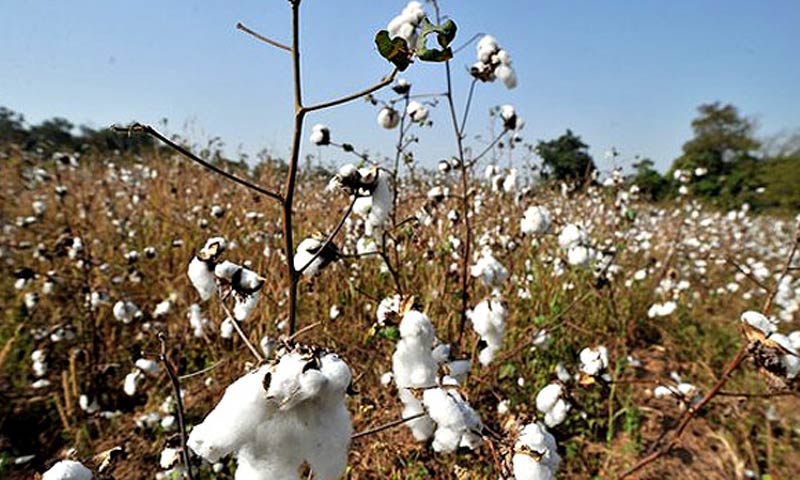Cotton crop may face a tough season this year as it keeps suffering one setback after another. The latest in the series came from heavy and widespread showers at a very crucial stage of development — flowering and boll formation.
To count earlier setbacks, the crop sowing failed to achieve even lowered acreage target of six million acres from 6.2 million. In Punjab, it is still oscillating between 5.4 million acres to 5.7 million acres, depending on the data one takes as a reference. The agricultural department puts it at 5.78 million acres, but the crop reporting wing believes it to be around 5.4 million.
Secondly, few are aware of what has been sown. Punjab has failed to convince National Biotech Committee to issue commercialisation licenses to seed sellers it had provisionally approved last year. This has only added another layer of uncertainty to the crop. In order to compensate for the feared performance loss, Punjab had pleaded for 12 kilogrammes of seed per acre instead of internationally recommended five kilogrammes.
Finally, high temperatures in July have hit the crop badly, but it recovered the loss with following rains. Ample water supplies compensated not only for temperature stress but also for drop in urea application. However, the current spell of rains has pushed the crop into a situation that is hallmark of September: when combination of high humidity and high temperatures tests crop’s health and farmers’ resolve. The period, which is normally of three weeks, has now been extended to seven weeks.
The Punjab Agricultural Department has already warned farmers to guard against standing water and to regularly counter pests. The standing water must be drained as a priority or it would choke the root zone, make the plant weaker and affect flowering and boll formation.
However, some experts are not too worried about the prevailing situation, and feel that the August rains may not damage the crop much due to two factors. Firstly, the crop is at various stages of development; part of it is at the flowering stage, some of it at the boll formation and the rest is gaining height. The late sown crop may not suffer as much as the one sown earlier; its water requirements and damages vary.
Secondly, managing the crop is much easier at this stage. The key to containing damages is draining water and applying two per cent urea spray so that plants’ growth activity can begin, increasing it water requirements, sending water upwards and clearing the root zone. Pest attack, when and if it comes, can be taken care of. However, it would need a watchful eye.
But the real threat will be the September rains, which are predicted to be above normal. At that point of time, the entire crop would be at the same stage of development and any damage to it would directly translate into yield loss. If both months bring their own share of losses to the crop, the farmers’ losses would be immense. At the current rate of around Rs3,100 per maund with each bale costing Rs40,000 to farmers, they will lose a staggering Rs40 billion for each million bale.
The cotton crop is already losing ground to competitive crops like maize. Some fear that Pakistan may suffer badly because of its almost mono-crop economy — it helps bring well over 50 per cent exports. One proof of this loss of ground is reduction of target by 200,000 acres in the last few years while officials only formalised the trend by revising the target.
This year, if the agricultural department figures are to be believed, the crop has lost another 220,000 acres and a dangerous 600,000 acres if the crop reporting wing’s figures are to be trusted. Hundreds of acres of maize crop is being sown in core cotton belt areas like Lodharan (South Punjab). This started from central Punjab (Okara) when hybrid corn was first sown in those areas. Within the span of a few years, it has spread right into heartland of cotton belt.
Even this year, the price of maize, sold at a premier of Rs7,000 per maund, has brought fortune to the farmers who are now increasingly losing interest in cotton, which is much more tender and needs tender care.















































Dear visitor, the comments section is undergoing an overhaul and will return soon.